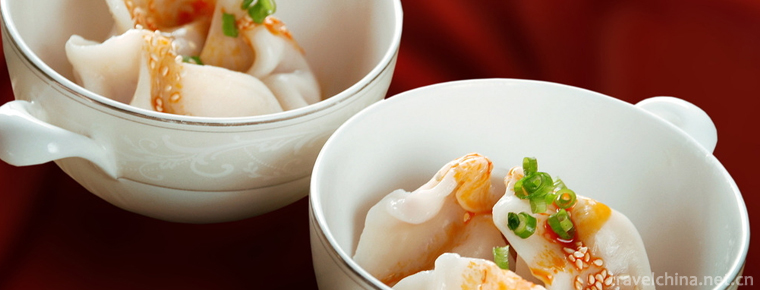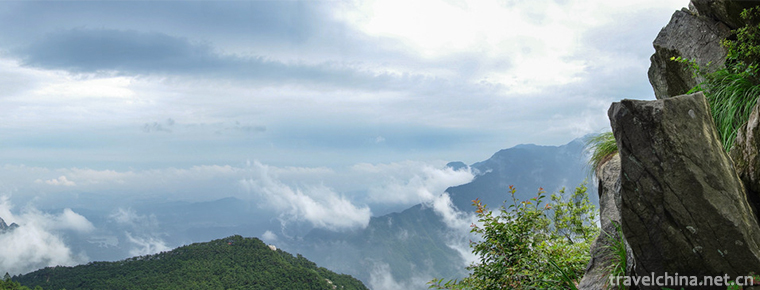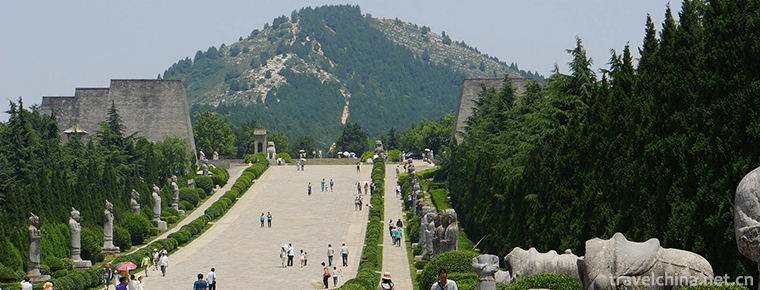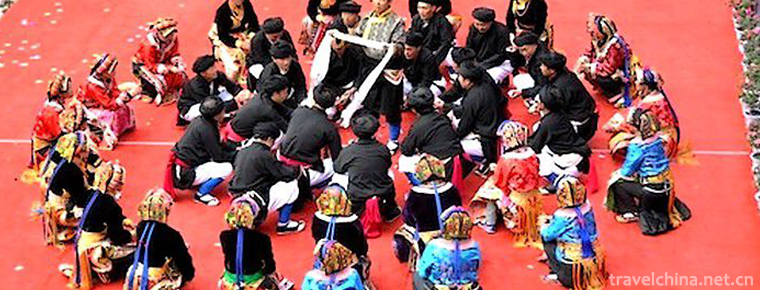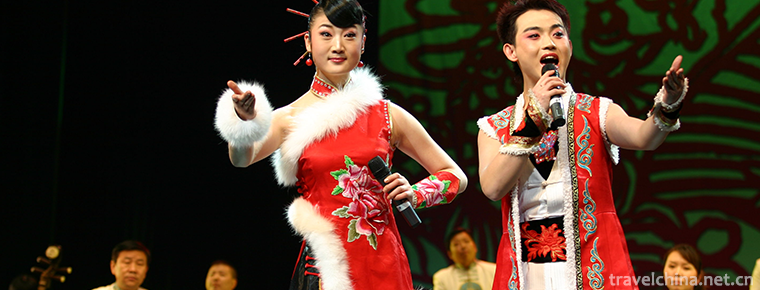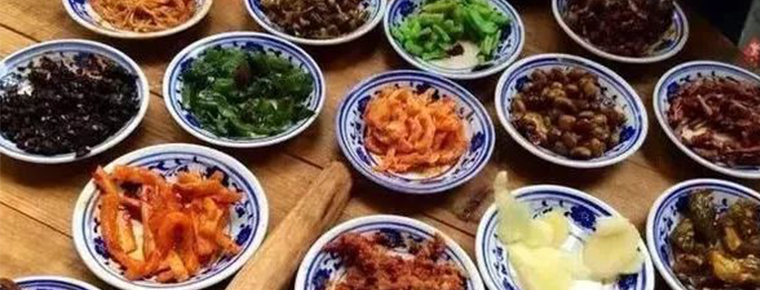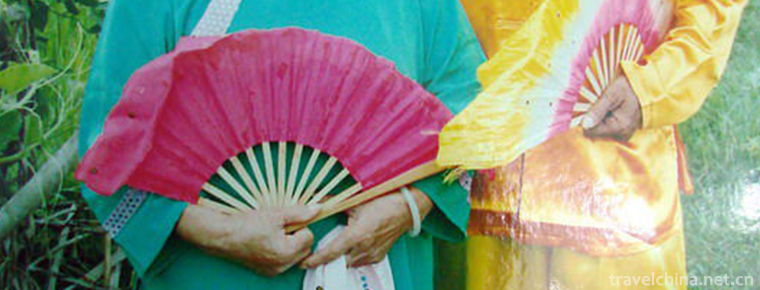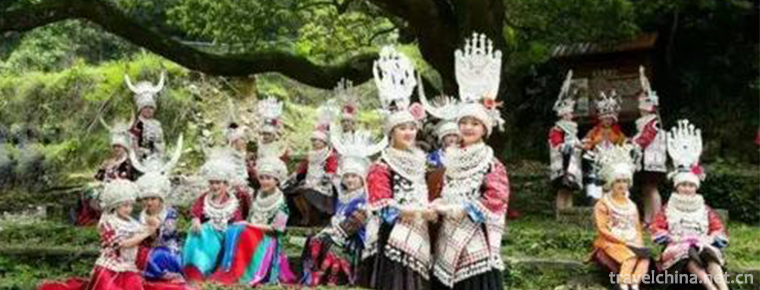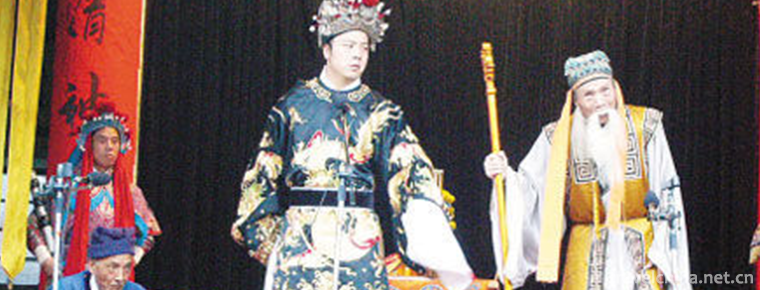Climate of Nanchong
Climate of Nanchong
Nanchong belongs to the subtropical humid monsoon climate. Compared with the Yangtze River Valley in the south of the basin, the temperature is relatively low, the rainy season is longer and the rainstorm is more. Compared with the Western Sichuan plain, the temperature is relatively high and the proportion of spring rain is large. The annual average temperature of Nanchong is about 17.1 ℃, and the annual average variation range of monthly temperature is about 4 ℃. The annual extreme minimum temperature is between - 2.5 ℃ and 5.7 ℃, and the extreme maximum temperature is between 39.0 ℃ and 41.3 ℃. In the coldest January, the monthly average temperature of all counties (cities and districts) is above 6 ℃ except Yilong, which is 4.9 ℃; in July and August, the average monthly temperature of most counties (cities and districts) is above 27 ℃. Generally, the temperature in August is slightly higher than that in July.
Among the four seasons in Nanchong, Yilong county has the longest winter, with 110 days; Shunqing district has the shortest, with only 85 days, and other counties (cities and districts) have about 95 days. Spring, summer and autumn are half a month to a month ahead of the middle and lower reaches of the Yangtze River. The frost days in Nanchong are less than 20 days, mostly 10-15 days. The longest frost days in Langzhong and southern China are only 17 days. The foggy days in Nanchong mostly occurred from October to January of the following year, especially in December, which mostly occurred from 4:00 a.m. to 9:00 a.m. The seasonal distribution of precipitation in Nanchong is very uneven. The precipitation intensity is the largest in summer, the smallest in winter, and is greater in autumn than in spring. Summer is the season with the most precipitation. The precipitation in June, July and August accounts for 28% - 34% of the whole year. The precipitation in winter is less, mainly light rain; from April, it is mainly moderate rain and heavy rain. There are many rainstorms in summer, which occur from the middle of June to the first ten days of July. According to the meteorological observation data for many years, Nanchong has a lot of night rain, and the amount of night rain exceeds the daytime rainfall, accounting for 55% of the total annual rainfall. The rate of night rain in spring was the highest, reaching 71%.
In Nanchong, the precipitation is greater than the evaporation, and the air humidity is high. The annual average relative humidity of each county (city and district) is between 75% and 79%. The average annual relative humidity is the highest in autumn, followed by winter, and almost equal in spring and summer. The extreme minimum relative humidity usually occurs in March and April in spring or December and January in winter. The air in Nanchong is relatively dry in winter and spring, which is prone to spring drought. Nanchong has a large amount of cloud and less sunshine. The average annual sunshine duration is 1369.1 hours. The distribution of total solar radiation is more in spring and summer than in autumn and winter.
The wind direction in Nanchong varies with the seasons, and is generally northerly. The wind speed in the city is small, which is a famous mild wind climate area in China. The average annual wind speed is mostly between 1.2 m / s and 1.7 m / s, and there is no wind for more than 50% of the year. However, when strong cold air invades or thunderstorm occurs in summer, strong wind often appears. Cold wave gale mostly occurs in spring. Thunderstorm gales usually occur between July and August.

Climate of Nanchong
-
Mountain Lushan
Mount Lu, also known as Kuang Shan and Kuang Lu, is located in Mount Lu City, Jiujiang, Jiangxi province. It is located between the east longitude 115 degrees 52 '- 116 degrees 8'
Views: 219 Time 2018-10-30 -
Qianling Scenic Area
Qianling Scenic Area, located in Qianxian County, Xianyang, Shaanxi Province, covers an area of 1002.71 square kilometers. Population: 580,000 (2011), postcode: 713300.
Views: 151 Time 2018-12-22 -
Bo Ba Shen en
Bobassengen is a unique folk large-scale narrative mass pot village dance created by Ganbao Tibetan Village in Jiarong Tibetan area, Lixian County, Sichuan Province. "Boba"
Views: 409 Time 2019-04-04 -
Song and dance duet
Errentai is commonly known as Dual Items, two classes. Originated in Shanxi and growing up in Inner Mongolia, it is a traditional opera popular in the central and Western Inner Mongolia Autonomous Reg
Views: 147 Time 2019-04-29 -
Making Techniques of Pickled Vegetables
Making pickles, the traditional skills of Beijing Liubiju Food Co., Ltd., is one of the national intangible cultural heritage.
Views: 117 Time 2019-05-06 -
Leizhou song
According to the records in historical books, Leizhou songs were prevalent as early as the Song Dynasty. After the 1990s, people divided Leizhou dialect into different rhymes to express different cont
Views: 95 Time 2019-05-11 -
Miaos Rock planting Custom
Traditionally, the Miao people have a kind of public deliberation and legislative activities called "burying rock" (also known as "planting rock". When burying rock, they bury a re
Views: 218 Time 2019-06-05 -
Lotus in Wenzhou
Wenzhou lotus is a local opera evolved from Wenzhou Taoism, and it is also one of the main operas in Zhejiang Province. It has spread to Wenzhou (including the counties under its jurisdiction) and par
Views: 123 Time 2019-06-28 -
China Youth University of Political Studies
China Youth University for Political Science (China Youth University of Political Studies) is located in Beijing. It is the state-level "Communist Youth League Central Research Center for the the
Views: 116 Time 2019-12-25 -
Nanchong medical and health
By the end of 2019, Nanchong has 8457 medical and health institutions (including village clinics), including 166 hospitals and 8250 primary medical and health institutions. The number of beds in medical and health institutions was 43726, an increase of 4.9% over 2018
Views: 328 Time 2020-12-17 -
Meishan population
At the end of 2019, the total registered residence population was 3 million 422 thousand and 600, of which 1 million 194 thousand and 900 were urban population. At the end of the year, there were 2.995 million permanent residents, including 1.433 million urban
Views: 358 Time 2020-12-18
